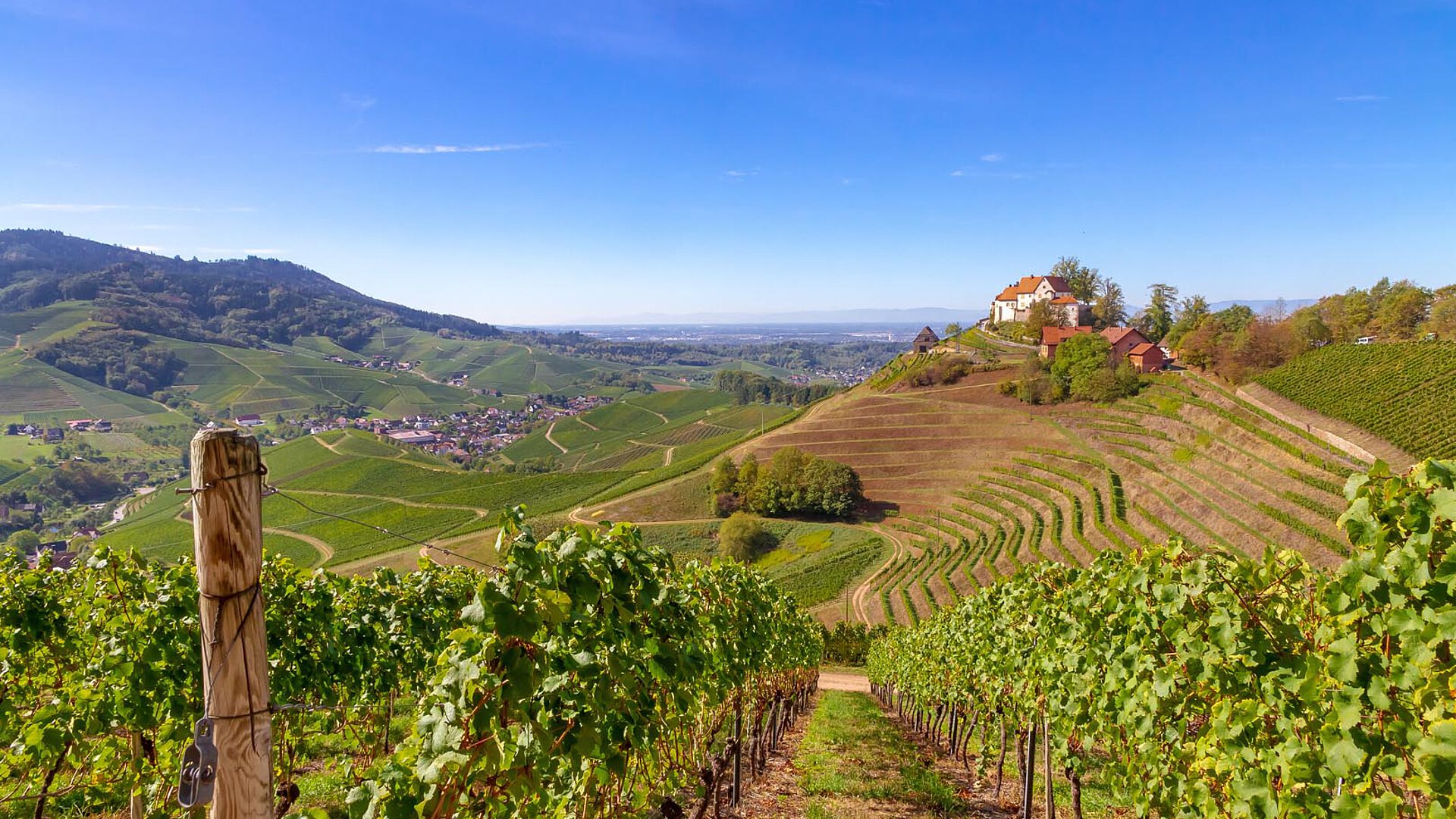Farmtravel glossary
All the Agritourism terms you need to know.
H
Hay Making
- Kategorie:
- H
What is Hay Making and Why is Timing Critical?
The process of cutting, drying, and storing grass as hay for animal feed. This practice is particularly significant in mountainous regions like the Swiss Alps, Austrian Tyrol, and Italian Dolomites, where traditional methods still coexist with modern techniques.
Regional Variations
- Alpine Regions (Switzerland, Austria)
- Mountain slope mowing
- Traditional hay poles (Heumandl)
- Hand scything techniques
- Northern European (Norway, Sweden)
- Hay drying racks
- Barn storage systems
- Winter preservation
- Mediterranean Areas (Italy, France)
- Multiple yearly cuts
- Quick sun drying
- Valley storage methods
Traditional Methods
- Hand Tools
- Scythes
- Wooden rakes
- Pitchforks
- Drying Techniques
- Hay stacks
- Wooden structures
- Field drying
Modern Approaches
- Machinery
- Mowing machines
- Hay turners
- Balers
- Storage Systems
- Round bales
- Square bales
- Wrapped silage
Timing and Weather
- Seasonal Factors
- First cut (May-June)
- Second cut (July-August)
- Weather monitoring
- Quality Indicators
- Grass maturity
- Moisture content
- Color and smell
Cultural Elements
- Traditional Festivals
- Heuernte Festival (Austria)
- Alpine hay making days
- Rural celebrations
- Knowledge Transfer
- Generational skills
- Community practices
- Seasonal rituals
Tourist Experience
- Participatory Activities
- Traditional mowing
- Hay turning lessons
- Stack building
- Educational Elements
- Mountain farming
- Biodiversity preservation
- Sustainable practices
Environmental Impact
- Biodiversity Benefits
- Meadow preservation
- Wildlife habitat
- Plant diversity
- Sustainable Practices
- Natural fertilization
- Soil protection
- Traditional maintenance
Hay making remains a crucial agricultural practice, particularly celebrated in the Alpine regions where it maintains both cultural significance and practical importance for sustainable mountain farming.

